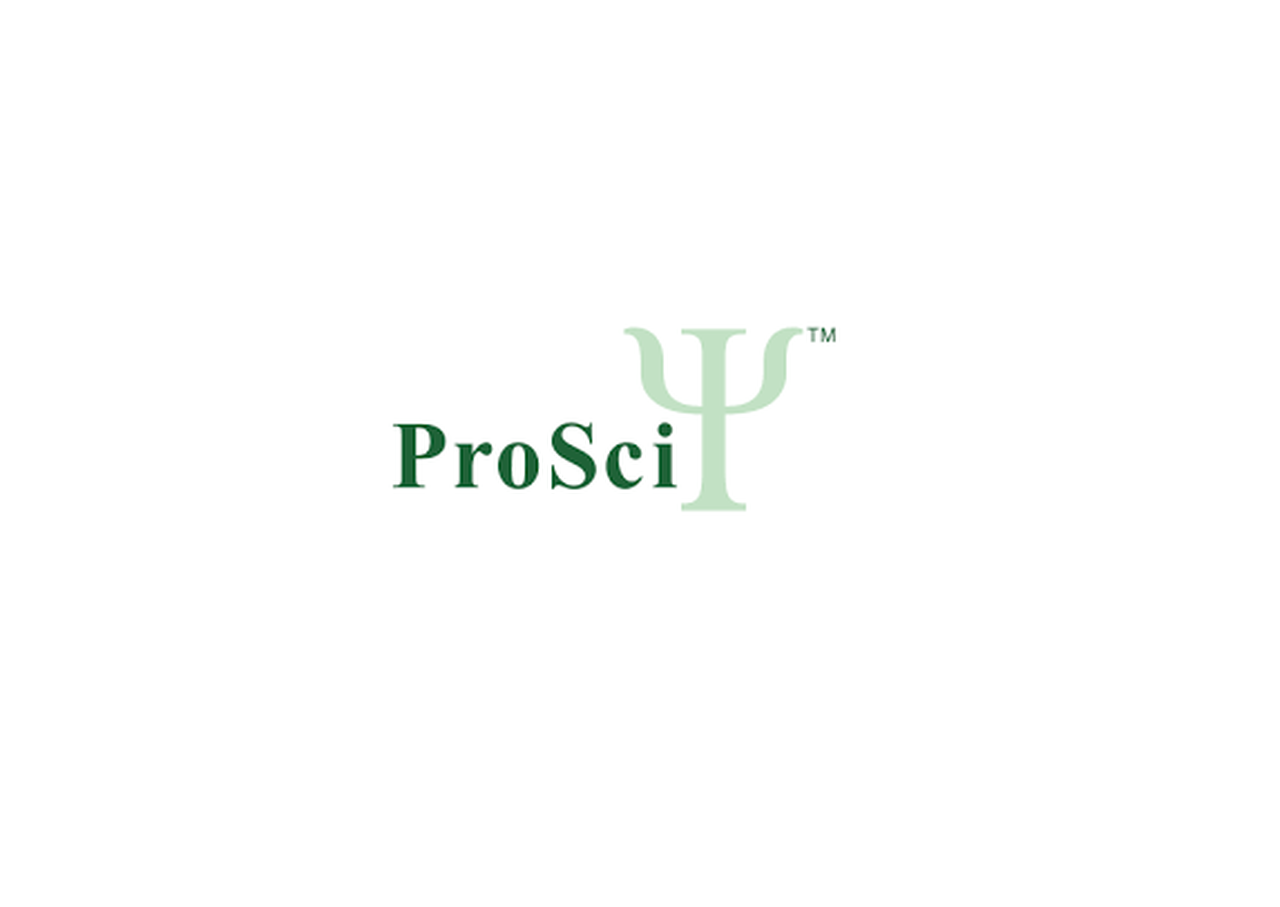Product Description
PSMC1 Antibody | 16-195 | ProSci
Host: Rabbit
Reactivity: Human, Mouse, Rat
Homology: N/A
Immunogen: Recombinant fusion protein containing a sequence corresponding to amino acids 77-440 of human PSMC1 (NP_002793.2) .
Research Area: Cell Cycle
Tested Application: WB, IHC
Application: WB: 1:500 - 1:2000
IHC: 1:100 - 1:200
Specificiy: N/A
Positive Control 1: A-549
Positive Control 2: DU145
Positive Control 3: Jurkat
Positive Control 4: HeLa
Positive Control 5: Mouse brain
Positive Control 6: Mouse heart
Molecular Weight: Observed: 58kDa
Validation: N/A
Isoform: N/A
Purification: Affinity purification
Clonality: Polyclonal
Clone: N/A
Isotype: IgG
Conjugate: Unconjugated
Physical State: Liquid
Buffer: PBS with 0.02% sodium azide, 50% glycerol, pH7.3.
Concentration: N/A
Storage Condition: Store at -20˚C. Avoid freeze / thaw cycles.
Alternate Name: 26S protease regulatory subunit 4, P26s4, 26S proteasome AAA-ATPase subunit RPT2, Proteasome 26S subunit ATPase 1, PSMC1
User Note: Optimal dilutions for each application to be determined by the researcher.
BACKGROUND: The 26S proteasome is a multicatalytic proteinase complex with a highly ordered structure composed of 2 complexes, a 20S core and a 19S regulator. The 20S core is composed of 4 rings of 28 non-identical subunits; 2 rings are composed of 7 alpha subunits and 2 rings are composed of 7 beta subunits. The 19S regulator is composed of a base, which contains 6 ATPase subunits and 2 non-ATPase subunits, and a lid, which contains up to 10 non-ATPase subunits. Proteasomes are distributed throughout eukaryotic cells at a high concentration and cleave peptides in an ATP/ubiquitin-dependent process in a non-lysosomal pathway. An essential function of a modified proteasome, the immunoproteasome, is the processing of class I MHC peptides. This gene encodes one of the ATPase subunits, a member of the triple-A family of ATPases which have a chaperone-like activity. This subunit and a 20S core alpha subunit interact specifically with the hepatitis B virus X protein, a protein critical to viral replication. This subunit also interacts with the adenovirus E1A protein and this interaction alters the activity of the proteasome. Finally, this subunit interacts with ataxin-7, suggesting a role for the proteasome in the development of spinocerebellar ataxia type 7, a progressive neurodegenerative disorder.
 Euro
Euro
 USD
USD
 British Pound
British Pound
 NULL
NULL














